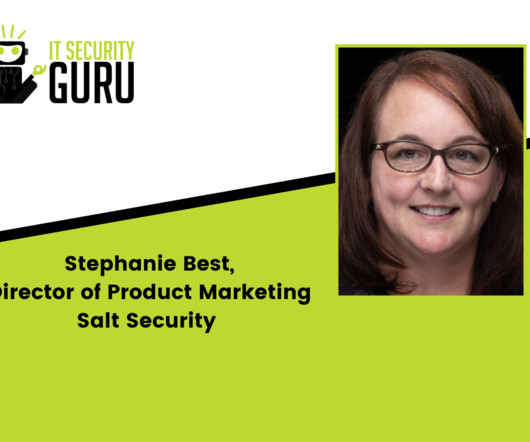SHARED INTEL Q&A: Everything the Cisco-Splunk merger tells us about the rise of SIEMs
The Last Watchdog
OCTOBER 17, 2023
Cisco’s recent move to acquire SIEM stalwart Splunk for a cool $28 billion aligns with the rising urgency among companies in all sectors to better protect data — even as cyber threats intensify and disruptive advancements in AI add a wild card to this challenge. Related: Will Cisco flub Splunk? LW: Anything else?


















Let's personalize your content